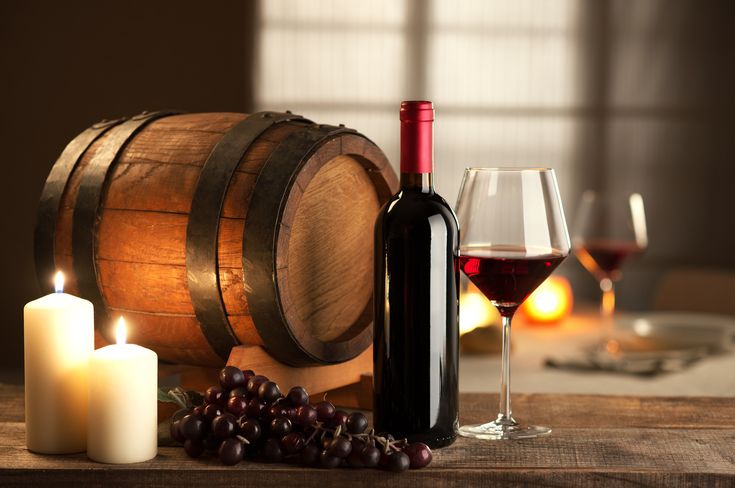Introduction
In the heart of Hungary, nestled amidst rolling hills and lush vineyards, lies the picturesque Pannonhalm Abbey. This tranquil place holds a hidden treasure, a centuries-old tradition of brandy production that has been refined and perfected over generations. Pannonhalm Brandy, known for its unparalleled quality and exceptional taste, is the result of a meticulous process that combines artistry, expertise, and a deep respect for tradition. In this article, we delve into the art of Pannonhalm Brandy production, celebrating the dedication and craftsmanship that goes into creating this exquisite spirit.
A Rich Heritage
The story of Pannonhalm Brandy begins with the Benedictine monks who established the Pannonhalm Abbey in 996 AD. These monks, known for their commitment to craftsmanship and the pursuit of excellence, started distilling brandy as a way to preserve the abundance of fruit from their orchards. Over the centuries, they honed their craft, passing down their knowledge from one generation to the next.
Today, Pannonhalm Brandy remains true to its monastic roots, with production guided by time-tested recipes and traditional methods. The brandy-making process begins with the careful selection of the finest fruits from the abbey’s orchards, including plums, cherries, and apricots. This attention to the quality of the raw ingredients sets the stage for what follows: a journey of transformation, patience, and artistry.
Distillation: A Dance of Fire and Copper
At the heart of Pannonhalm Brandy production lies the magnificent copper still, a symbol of tradition and craftsmanship. The distillation process is an intricate dance between fire, copper, and the fermented fruit mash. The monks’ experience, passed down through generations, ensures that every step is executed with precision and care.
The fruit mash is heated gently, allowing the alcohol to evaporate and then condense within the copper still. This process not only separates the alcohol from impurities but also captures the rich flavors and aromas of the fruit. The result is a clear and fragrant distillate, known as “eau de vie,” which forms the foundation of Pannonhalm Brandy.
Aging: The Patience of Time
Pannonhalm Brandy distinguishes itself by its extensive aging process. The eau de vie is transferred to oak barrels, where it embarks on a journey of maturation. The monks understand that time is an essential ingredient, and they patiently wait as the brandy evolves and takes on the complex characteristics of the wood.
During this aging process, the brandy interacts with the wood, absorbing subtle flavors and gaining its distinctive amber hue. The barrels are stored in cool, underground cellars, where the brandy is shielded from the fluctuations of temperature and humidity. This stable environment allows for a slow and harmonious aging process, resulting in a brandy of unparalleled depth and flavor.
The Art of Blending
Once the brandy has reached its peak of maturation, the true artistry of Pannonhalmi pálinka comes to the fore. The master blender, following a carefully guarded tradition, selects barrels that embody the desired balance of flavors. Each batch is a meticulous blend of different ages and fruit varieties, ensuring that every bottle of Pannonhalm Brandy is a harmonious masterpiece.
Conclusion
Pannonhalm Brandy is more than just a spirit; it is a testament to the enduring legacy of the Benedictine monks and their unwavering commitment to excellence. The art of Pannonhalm Brandy production is a journey through time, a fusion of nature’s bounty, craftsmanship, and patience. With each sip, one can taste the centuries of tradition and the dedication of those who have upheld it.
So, the next time you savor a glass of Pannonhalm Brandy, take a moment to appreciate the artistry that went into crafting this exceptional spirit. It’s not just a drink; it’s a piece of history, a labor of love, and a true masterpiece of Hungarian heritage.

